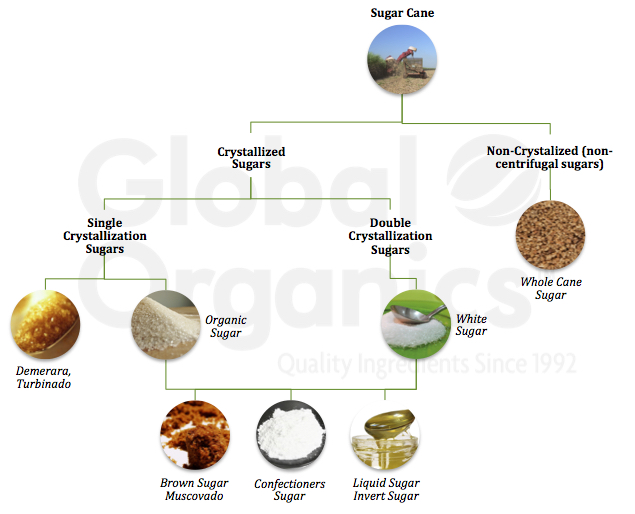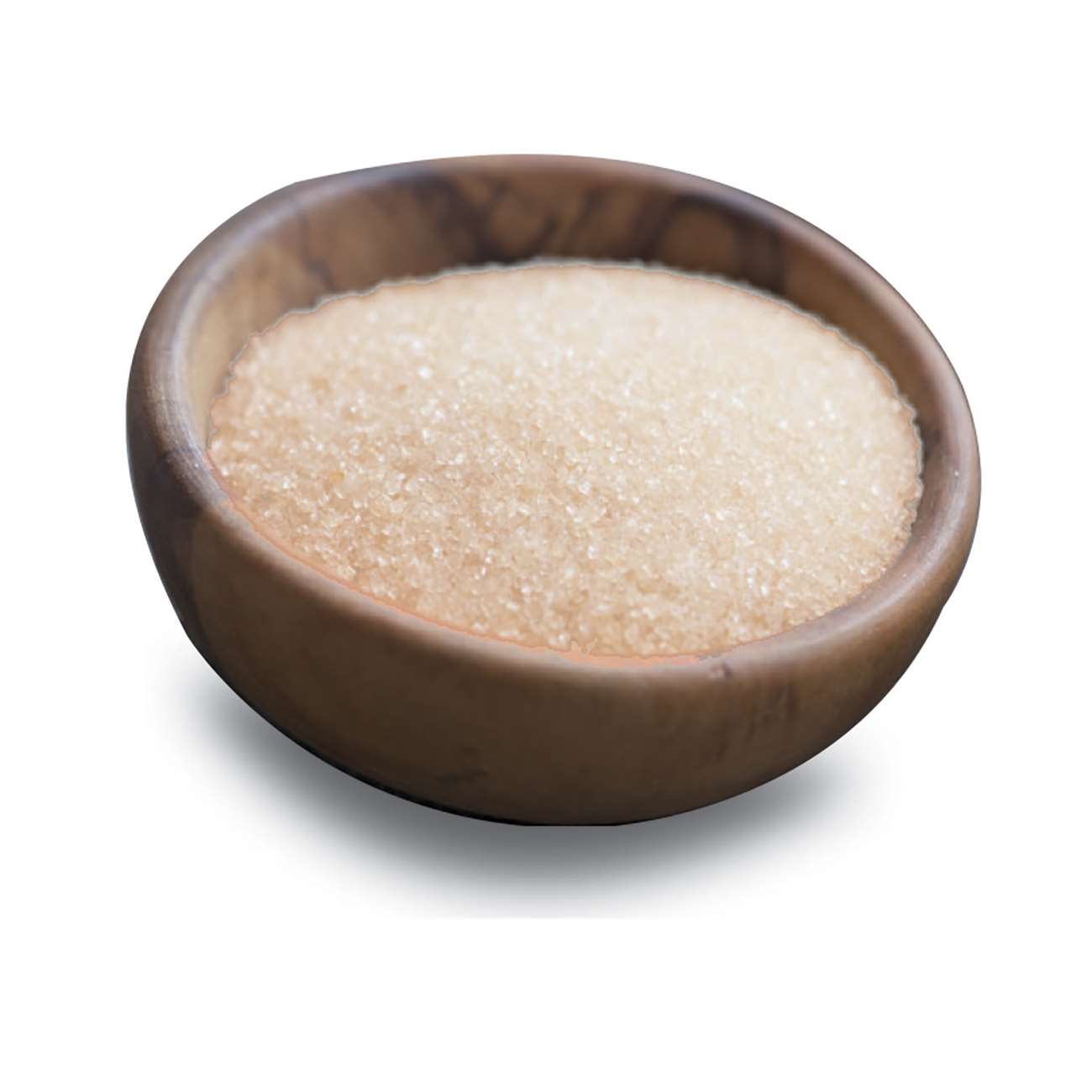Cane Sugar Processing: From Field to Table-- A Step-by-Step Guide
Cane Sugar Processing: From Field to Table-- A Step-by-Step Guide
Blog Article
Discovering the Comprehensive Steps Included in Walking Cane Sugar Processing From Harvesting to Improvement
The process of walking cane sugar production includes a series of complex steps, starting with the mindful harvesting of sugarcane and culminating in the refinement stages that guarantee the end product fulfills market criteria. Each phase, from the extraction of juice to the filtration and condensation processes, plays a crucial duty in establishing the quality and character of the sugar. Comprehending these phases not only highlights the complexity of sugar production however likewise elevates important inquiries concerning performance, sustainability, and innovation in the sector. What ramifications do these factors have for future techniques?
Gathering Sugarcane
Collecting sugarcane is a critical action in the cane sugar handling chain, as it straight influences the quality and yield of the end product. Proper timing and strategies are vital during this stage to make sure optimal sugar web content and lessen losses. Typically, sugarcane is collected when it gets to maturity, normally 12 to 18 months after planting, defined by a high sucrose focus.

Post-harvest, the sugarcane has to be refined quickly to stop sucrose deterioration. Ideally, collected walking stick should be carried to processing centers within 24 hours to maintain sugar quality. For that reason, efficient logistical planning is essential to keep the stability of the collected plant throughout the supply chain.
Removal Refine

The crushed cane is subjected to a collection of pressing operations to optimize juice recuperation. Usually, hot water is sprayed onto the crushed cane, producing a countercurrent flow that helps dissolve the sugar while likewise aiding in the removal procedure. The juice gathered from this procedure consists of not only sugar however additionally different natural compounds and contaminations.

To improve removal performance, some facilities may use diffusion methods, where the sugarcane is soaked in warm water, allowing the soluble sugars to diffuse right into the fluid. The resulting juice, abundant in sucrose, is then directed to succeeding processing stages, laying the structure for filtration and improvement. The extraction procedure is hence critical in determining the quality and return of the last sugar product.
Purification Techniques
The purification strategies employed in cane sugar handling are crucial for changing the raw juice into a high-grade sugar item. These approaches primarily aim to get rid of impurities, such as dirt, plant materials, and not natural materials, which can negatively influence the end product's flavor and color.
This procedure includes including lime and heat to the raw juice, which helps with the coagulation of pollutants. Furthermore, the usage of phosphoric acid can enhance the clarification procedure by more binding pollutants.
One more considerable technique is carbonatation, where carbon dioxide is introduced to the made clear juice. This reaction generates calcium carbonate, which catches remaining impurities and advertises their elimination.
In addition, turned on pop over here carbon therapy might be put on adsorb any continuing to be colorants and natural contaminations, making sure a more polished item. The combination of these methods successfully prepares the sugar juice for subsequent actions in the refining procedure, establishing the phase for the production of premium walking stick sugar.
Crystallization Approaches
After the purification phase, the following vital action in cane sugar processing includes condensation approaches, which play a critical duty in changing the clarified juice into strong sugar. This procedure typically utilizes 2 primary techniques: spontaneous formation and regulated formation.
In spontaneous crystallization, supersaturated sugar services are enabled to cool down naturally, leading to the formation of sugar crystals over time. This approach enables for the uniform development of sugar crystals and higher pureness.
During crystallization, the made clear juice is concentrated via evaporation, enhancing its sugar web content till it reaches supersaturation. Once this factor is accomplished, either approach can facilitate the formation procedure. Cane Sugar Processing. The resultant sugar crystals are then separated from the remaining syrup with centrifugation
Eventually, the selection of formation method affects the high quality, size, and purity of the final sugar product, making this action vital in the general cane sugar handling procedure.
Improvement and Product Packaging
Exactly how can the pureness and quality of walking stick sugar be further boosted after formation? The refinement procedure plays an essential function in accomplishing top notch cane sugar. Complying with crystallization, sugar undergoes a complete cleaning to remove impurities and recurring molasses. This is usually accomplished making use of cozy water or vapor, which helps dissolve and extract unwanted elements while protecting the sugar crystals.
Following, the sugar is subjected to a process called centrifugation, where it is spun at broadband to separate the cleansed sugar crystals from the continuing to be fluid. After centrifugation, the sugar is often more fine-tuned through a technique called carbonization or phosphatation, which utilizes activated carbon or phosphoric acid to remove color and off-flavors.
Once fine-tuned, the sugar is dried to achieve the desired dampness content, find making certain that it remains stable throughout storage space and transport. The final action entails product packaging the polished sugar in moisture-proof and impermeable containers to keep its top quality and prevent contamination. Cane Sugar Processing. Proper product packaging not only prolongs life span yet additionally helps with very easy handling and circulation, guaranteeing that customers receive sugar that meets the greatest standards of purity and top quality
Final Thought
The extensive steps associated with walking stick sugar processing, from the careful harvesting of sugarcane to the intricate improvement and product packaging stages, highlight the value of each phase in making certain high-grade sugar production. Optimal harvesting techniques, effective removal methods, and strenuous filtration procedures jointly add to the last item's pureness and stability. The crystallization and subsequent product packaging techniques further improve the integrity and rack life of the sugar, highlighting the complexity and accuracy fundamental in this important farming industry.
The procedure of walking stick sugar manufacturing encompasses a series of intricate steps, starting with the mindful harvesting of sugarcane redirected here and finishing in the improvement stages that make certain the last item meets sector criteria. Ideally, collected cane ought to be transported to refining facilities within 24 hours to protect sugar quality.In spontaneous condensation, supersaturated sugar remedies are permitted to cool down normally, leading to the formation of sugar crystals over time - Cane Sugar Processing. The improvement procedure plays a crucial duty in achieving high-grade walking cane sugar.The comprehensive steps entailed in walking stick sugar handling, from the precise harvesting of sugarcane to the detailed improvement and packaging phases, emphasize the importance of each phase in making sure top notch sugar manufacturing
Report this page